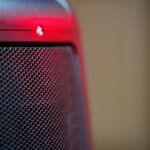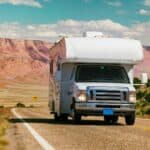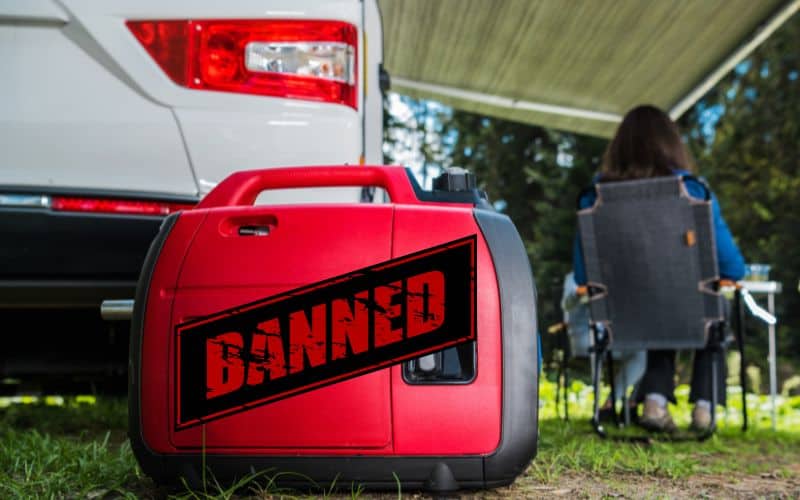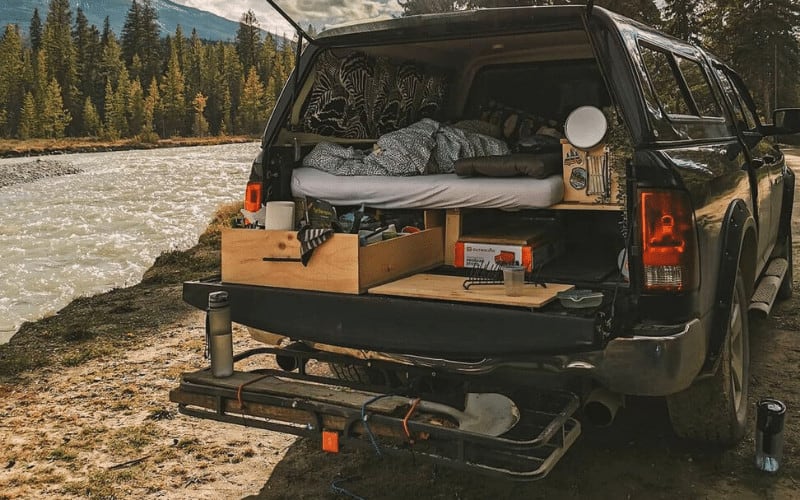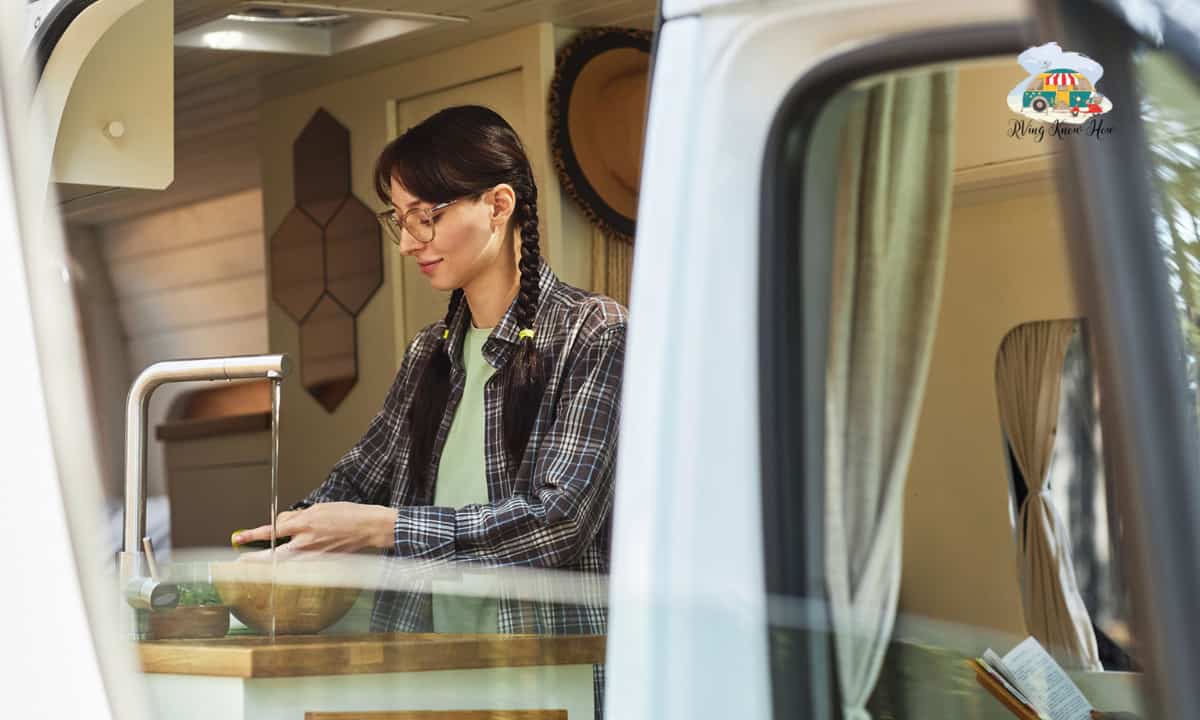Need help with your RV fridge not getting cold? Get expert tips and solutions to fix the issue.
An RV fridge not getting cold could be due to several reasons, including a shorted heating element, faulty circuit breaker, or blown fuses. Another reason is that your power source is incompatible with your fridge, or your camper is not sitting on level ground. The problem may also be with your wiring. I have also discovered that the RV fridge may fail to work because you must reset it.
While camping in the Grand Canyon recently, I opened the fridge door one morning and found bad milk and soft ice cream. With the nearest appliance repair shop hundreds of miles away, I had to troubleshoot and fix the issue myself.
After some frustrating trial and error, I finally got the fridge running again. But the incident motivated me to learn proper RV refrigerator repair skills, so I’d never be in that sticky situation again. I have compiled everything I wish I knew into this in-depth troubleshooting guide to ensure you avoid getting into the same sticky situation.
In this article, you’ll find steps to methodically diagnose cooling issues on Norcold, Dometic, and other popular RV refrigerator models. I will cover common problems like restricted ventilation, propane ignition failures, thermostat glitches, and absorption system leaks.
Perform preventative maintenance and tackle repairs promptly to maximize the service life of your RV’s refrigerator. Keep reading till the end to get answers to some of the most frequently asked queries.
How RV Refrigerators Work
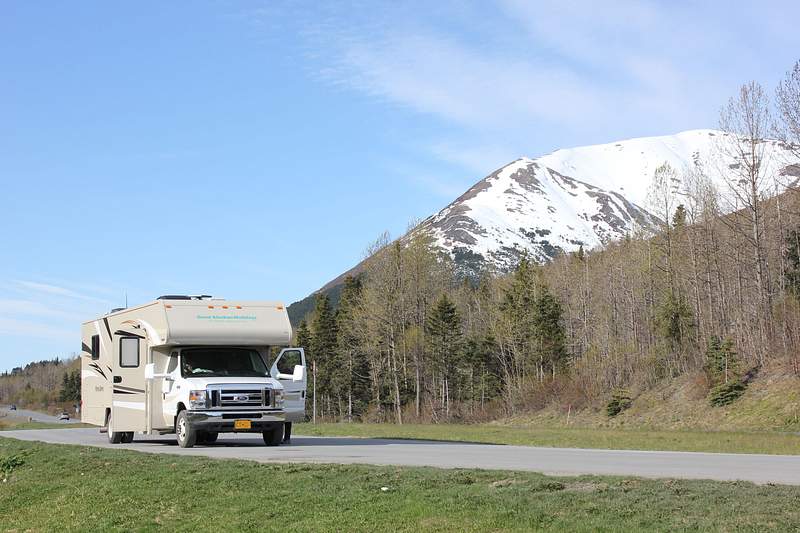
Before diving into troubleshooting, let’s understand exactly how an RV refrigerator differs from the refrigerator in your home.
RV refrigerators don’t use the same compressor and refrigerant technology as household fridges. Instead, they utilize an absorption cooling system. The most common absorption cooling method combines ammonia, hydrogen gas, water, and heat to create a continuous cooling cycle.
An absorption fridge has three main components:
- Boiler: Heats an ammonia and water solution, causing the ammonia to evaporate. This vapor flows into the condenser.
- Condenser: Fans/vents cool the ammonia vapors until they liquefy. The liquid ammonia then goes into the evaporator.
- Evaporator: The liquid ammonia absorbs heat as it evaporates again, causing a cooling effect inside the freezer and fridge compartments. The ammonia returns to the boiler to repeat the cycle.
This process operates entirely without a compressor. The system’s heat sources include propane burners or 120V electric heating elements.
Understanding this cycle helps troubleshoot why an RV refrigerator isn’t cooling properly. Issues in any part of the system will disrupt continuous cooling.
Common Causes Of RV Refrigerators Not Cooling
Several issues can lead to cooling failures in RV refrigerators. Here are some of the most common culprits:
| Problem | Causes |
| Power supply problems | Tripped circuit breaker for 120V supply RV not properly plugged into shore power Faulty power cord to the fridge Bad outlet with no electricity Propane tank empty Propane valve shut off Kinked propane supply line |
| Ventilation blockages | Debris covering the exterior fridge vent Obstructed interior air ducts Condenser fan failure Nearby obstructions trapping hot exhaust Tiny insect nests in vents |
| Refrigerant leaks | Cracks or damage to the evaporator or heat exchanger Failed welds and seals Punctured tubing Deteriorated piping, valves, fittings |
| Leveling issues | Parked on an excessive incline Road vibration shifted the fridge out of position Improper installation angle |
| Thermostat problems | Faulty thermistor giving incorrect readings Loose, broken thermostat wiring Dirty thermostat contacts Damaged control board |
| Refrigerator component failures | Defective control board Sticking relay Leaky evaporator valve Inoperable fans and motors Failing burner assembly |
With an overview of the major causes of cooling failures, let’s look at the steps to properly assess and troubleshoot an RV refrigerator problem.
Step-by-Step Troubleshooting Process
Follow these steps to diagnose why your RV refrigerator is not cooling properly:
Verify The Refrigerator Has Power
If the RV fridge is not getting cold on electricity, confirm it receives power.
- Check shore power connections. Is the campground power working?
- Inspect the breaker box. Have any breakers tripped?
- Verify the fridge is securely plugged into the 120V outlet.
- Use a multimeter to check for voltage at the rear of the refrigerator.
- Inspect all wiring for damage or loose/corroded terminals.
- Is the LP gas properly connected and turned on for dual-power fridges?
If you find any power supply issues, address these before moving to the next troubleshooting step.
Smell Around The Fridge
If the electricity supply is on, and the RV fridge is still not getting cold, then:
- Smell around the fridge.
- If you experience a pungent odor, Ammonia is leaking from the fridge.
- This is not a DIY task; you must call an expert.
Test Temperature Inside Unit
Check the interior temperature using an accurate fridge thermometer:
- Monitor temps for at least 24 hours after addressing any power issues.
- Fridge temps should reach around 34°F.
- Freezer should get down to 0-10°F.
- No change in temps after 24 hours indicates a cooling system failure.
Inspect Door Seals
A compromised door seal will allow warm air into the fridge interior, and you’ll observe your Norcold RV fridge not getting cold:
- Perform the dollar test by closing a bill in the door gasket
- There should be significant friction holding the dollar in place
- Any easy sliding indicates a poor door seal
- Inspect the seal for any cracks, gaps, or sections pulling away from the door
- Replace damaged door gaskets. Doors may also need realignment.
Assess Refrigerator Ventilation
Lack of ventilation is one of the most common issues with RV refrigerators:
- Ensure exterior refrigerator vents are clear of obstructions.
- Remove debris or insect nests from vent openings.
- Verify that the exterior refrigerator access door closes properly and seals.
- Check that ventilation fans are operational.
- Confirm adequate clearance behind the refrigerator.
- Ensure vents are free of dust/lint buildup, impeding airflow.
Check Absorption System Integrity
Inspect the boiler, evaporator, piping, and other absorption system components:
- Remove the exterior access panel to expose the parts.
- Look for signs of leaks like yellow residue and wet areas.
- Listen for gurgling noises from failing refrigerant flow.
- Tap on the tubing to identify potential blockages.
- Assess corrosion levels on critical parts.
Serious leaks or blockages require absorption system replacement or repair by a certified RV technician.
Monitor Burner Operation
If the RV fridge is still not getting cold, observe burner functionality in propane mode:
- Check that the burner ignites properly and stays lit.
- Inspect the flame color, which should be mostly blue with minimal yellow.
- Verify exhaust is venting from the combustion chamber.
- Listen for sputtering or pulsing sounds indicating issues.
- Shut off and attempt re-ignition three times in a row.
- Failure to ignite on the third attempt means the gas burner is the culprit.
Test Control Board Functions
The control board manages compressor and fan operation:
- Initiate a manual refrigerator cycle.
- Listen for fans and compressors activating after the temperature drops.
- Test the voltage at the control board terminals if the fans/compressor doesn’t turn on.
- Replace blown control board fuses.
- Attempt control board reset by disconnecting all power for one minute.
Evaluate Individual Components
If the control board tests are okay, let’s narrow down the issues by performing the following checks. The first three components are also common causes of the Norcold fridge not getting cold.
- Inspect fans for obstructions. Spin both the evaporator and condenser fans manually.
- Verify that the condenser coil visually looks in working order. The non-functional condenser coil is a common cause of the Norcold RV fridge not getting cold.
- Check compressor starting components like capacitors and relays.
- Review error codes on the display panel for clues.
- Assess burner assembly igniter and thermocouple.
- If the RV fridge is not getting cold, but the freezer is, check the diffuser. The diffuser transfers cold air from the freezer to the refrigerator, and ice can clog the diffuser. I have written another comprehensive article for more details on this specific issue.
Any components showing external damage will need replacement. Consult a service manual for spec details.
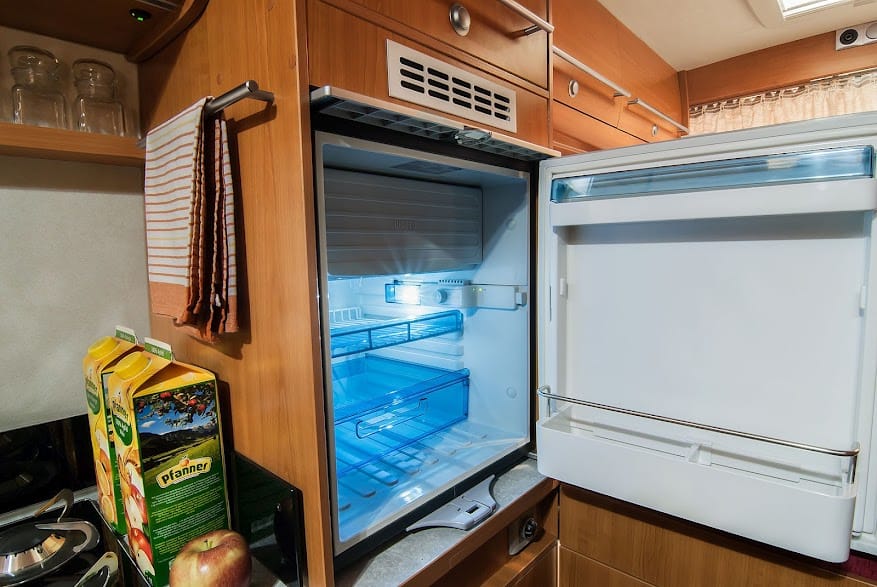
Review the Refrigerator Manual and Error Codes
Error codes pointing to specific components will help accelerate troubleshooting:
- Locate the refrigerator brand and model number.
- Search online for an owner’s manual if you don’t have one.
- Write down any numeric error codes displayed.
- Look up the code meaning in the manual to pinpoint the issue.
- This will reveal problems with thermistors, valves, fans, and other fridge parts.
Address Leveling Issues
Absorption refrigerators rely on gravity and must stay level to function properly. Operating the fridge when unlevel, even slightly, disrupts the refrigerant flow, and you’ll experience the RV fridge not getting cold issues. To diagnose the issue:
- Use a spirit level on top of the refrigerator.
- The cabinet should be level side-to-side and front-to-back.
- Place wooden shims under the corners of the fridge to level it properly.
- Adjust the stabilizing jacks on the RV to level the entire rig.
With these 11 steps, you can systematically isolate the cause of an RV refrigerator failure.
Troubleshooting Norcold RV Refrigerator Problems

Norcold is a popular RV refrigerator brand. Here are some Norcold-specific trouble areas if your Norcold fridge is not getting cold:
- On the control panel, check if any error codes starting with “n” are present. These indicate faults with specific Norcold components.
- Ensure the air routing baffle properly forces airflow across the condenser fins. Missing or improperly angled baffles are common Norcold issues.
- Buildup on the burner assembly tube is notorious for Norcold models. Remove any debris blockages with compressed air.
- A weak or unstable flame on Norcold units is usually due to a flakey thermocouple. Replace the thermocouple to stabilize the propane operation.
- Norcold models are very sensitive to being out of level. Verify levelness on both side-to-side and front-to-back axes.
- Frost buildup on the evaporator fins indicates a door seal leak or defrost issue on Norcold fridges.
- If the display reads “dr,” you might have accidentally left the fresh food compartment open.
- A Norcold fridge with power but not cooling may be in “DEMO” mode – press and hold the “FRIDGE” and “LIGHT” buttons for three seconds to take it out of demo mode and resume normal operation.
Troubleshooting Dometic RV Refrigerator Issues
Dometic is another popular RV refrigerator brand. Here are tips for troubleshooting a Dometic fridge not getting cold:
- If it shows an error code, clear it by disconnecting the power to the fridge for at least 30 minutes. This resets the control board.
- You can also reset the control board by simultaneously holding down the power and temperature up buttons for 10+ seconds.
- Excessive frost buildup on the coils likely indicates a defrost malfunction with the Dometic model. If the compressor is continuously running, this indicates a malfunctioning control board.
- Carefully inspect the door seals on a Dometic for any rust-related leaks or gaps that let warm air infiltrate the fridge. Dometic RV fridges are susceptible to seal corrosion issues over time.
- If the propane flame seems unusually weak, the generator burner has failed and needs service.
- The thermocouple is also prone to damage on Dometic models, so look closely at it.
- Ensure the fridge exhaust vent isn’t obstructed or blocked on a Dometic, as forcing the warm exhaust air back into the vent will lead to poor cooling.
- You can maintain proper airflow and ventilation by using compressed air to clear any debris or lint buildup on the condenser coils and fins.
Troubleshooting by brand helps you isolate common failure points and repair issues quickly.
When Do You Need Professional RV Refrigerator Repair?
While you can solve many problems yourself, you’ll need expert guidance if
- You detect Ammonia leaks in the absorption system.
- There is a pervasive propane odor, indicating burner/line issues.
- You observe diagnostic error codes related to complex component failures.
- There are electrical short and burned component odors.
- You see visible corrosion or damage to critical wiring.
- There is noise indicating compressor valve failure.
- There is damage to the condenser, boiler, or evaporator coils and tubing.
- Leveling adjustments beyond corner shimming.
- Door alignment issues not fixed by seal inspection/replacement.
Unless technically skilled, you must leave repairs involving propane lines, absorption systems, or 120V circuits to certified professionals.
Troubleshooting Tips for RV Refrigerator Problems
You can perform much of the troubleshooting process yourself without professional help. Here are some DIY tips for assessing and fixing RV refrigerator issues:
| Troubleshooting step | Description |
|---|---|
| Check the power supply | Use a multimeter to verify 120V power at the rear of the fridge. Listen for propane ignition. Lack of power is most common. |
| Monitor fridge temps | Use an interior thermometer to check fridge and freezer temps for 24 hours after addressing any power issues. No change in temps indicates cooling system problems. |
| Inspect door seals | Close doors with a dollar bill between the seal and the door. Any easy sliding means worn/damaged seals allowing warm air intrusion. Replace seals. |
| Check for obstructions | Remove debris like insect nests or lint from vents, ducts, coils, and burner assembly. Use compressed air and vacuum tools. |
| Assess ventilation | Feel refrigerator exterior for hot spots indicating lack of circulation. Add fans if needed. Keep the exhaust vent unobstructed. |
| Verify levelness | Use a spirit level on top of the fridge. Consult manual for exact acceptable levelness range in both directions—shim corners to adjust. |
| Clean coils and fins | Remove dust and debris from condenser coils and evaporator fins using a soft brush attachment and compressed air. |
| Listen for odd noises. | Unusual gurgling, knocking, or rattling sounds may indicate problems with refrigerator components or refrigerant flow. |
| Inspect the absorption system | Look for visible leaks, corrosion, damaged piping, or evidence of poor refrigerant flow, signaling a need for replacement. |
| Check burner flame | Weak, unstable, pulsing, or incomplete propane burner combustion prevents adequate heating to start the cooling cycle. |
| Resetting control board | Power off the fridge, disconnect the power, and restart. |
Preventing Future RV Refrigerator Problems
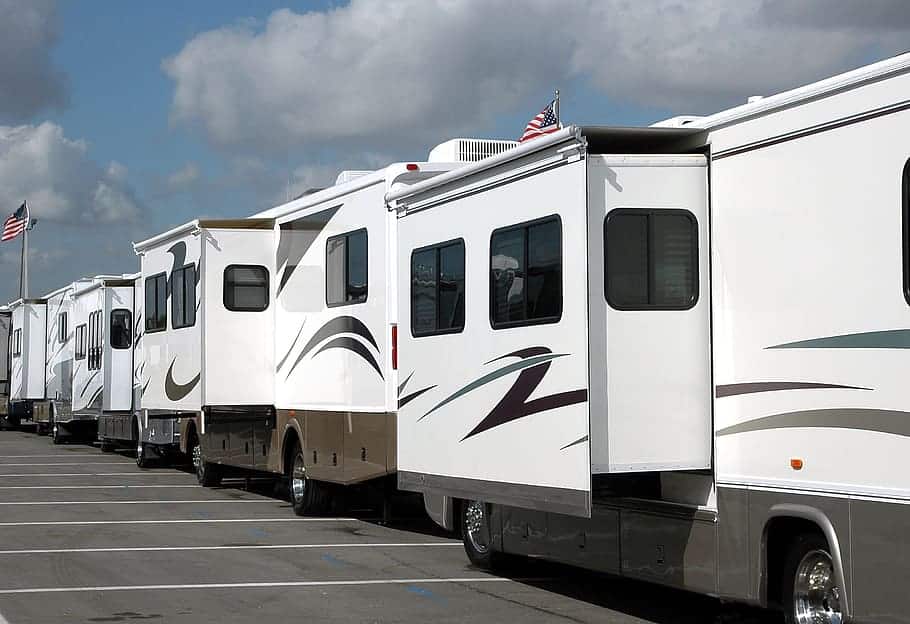
Troubleshooting and repairing a current refrigerator problem is a short-term solution. The long-term goal is to prevent the issues by doing the following:
Frequent Maintenance
- Clean coils/fins every 1-2 months during high usage.
- Use a fin brush or compressed air to remove all debris.
- Check door seals and alignments annually.
- Lubricate door hinges, handles, and latches.
- Verify exterior vents remain clear of obstructions.
Storage Precautions
- Defrost and dry the fridge interior before storage.
- Prop door open slightly to air out during storage.
- Cover exterior vents to prevent insect intrusion.
- Disconnect the 120V power supply when not in use.
- Turn off propane tanks and lines.
Leveling and Stabilization
- Ensure the fridge is securely mounted in cabinetry.
- Use leveling jacks and pads to keep the RV level at campsites.
- Minimize road vibration exposure, which can shift the fridge’s position.
Climate Control
- Install temperature monitoring inside the fridge.
- Avoid parking the RV so the fridge sits in direct sun.
- Maintain adequate ventilation with vents/fans.
With diligent preventative maintenance and making repairs as soon as issues arise, you can get the longest possible working life from your RV refrigerator.
Conclusion
Most RV refrigerator failures stem from power supply disruptions, ventilation problems, gas supply failures, thermostat issues, or component malfunctions. Methodically isolate the issue through voltage testing, thermometer readings, ventilation/burner inspection, error code lookups, and manual component checks.
You can perform many basic troubleshooting steps yourself as a DIYer. However, leave propane line work, absorption system repair, and electrical shorts to certified professionals.
With proper troubleshooting and preventative maintenance, you can maximize the service life your RV refrigerator provides.
FAQs
How can I troubleshoot my RV fridge not getting cold on electricity?
Troubleshoot your RV fridge not getting cold by ensuring it is securely plugged into a working 120V outlet. Verify the outlet has power by plugging in something else. After that, inspect the circuit breaker and reset it if tripped. Using a multimeter to check for a 120V supply at the rear fridge connections. No voltage means an issue with the wiring – inspect for breaks. If voltage is present, test components like the control board, heating element, and thermistor to find the culprit. Also, check condenser fan operation, as a fan not spinning can prevent cooling on electricity.
What are the possible reasons for a Norcold fridge not getting cold?
If your Narcold RV fridge is not getting cold, check for error codes on the display to pinpoint specific failed Norcold parts. Ensure the air routing baffle is angled properly to vent condenser heat. Clean any debris buildup on the burner assembly tube using compressed air. You must replace the thermocouple if the propane flame is weak or unstable. If everything works, verify that the fridge is level within 3 degrees side-to-side and 6 degrees front-to-back. Finally, defrost and clean evaporator coils if excessive frost buildup is present.
How can I fix my RV fridge not getting cold, but the freezer is working fine?
Inspect the seal around the refrigerator door for gaps or damage that may allow warm air intrusion. Replace if you find a damaged seal. Check the diffuser if the RV fridge is not getting cold, but the freezer is working fine. The diffuser transfers cold air from the freezer to the refrigerator, and ice can clog the diffuser. Turn your fridge off for some time, or use a hot air blower to melt the ice.
Why is my Dometic freezer cold, but the fridge is warm? How can I resolve this issue?
Your Dometic freezer is cold, but the fridge is warm because of a blocked diffuser. The diffuser transfers cold air from the freezer to the refrigerator, and ice can clog the diffuser. Turn your fridge off for some time, or use a hot air blower to melt the ice.


